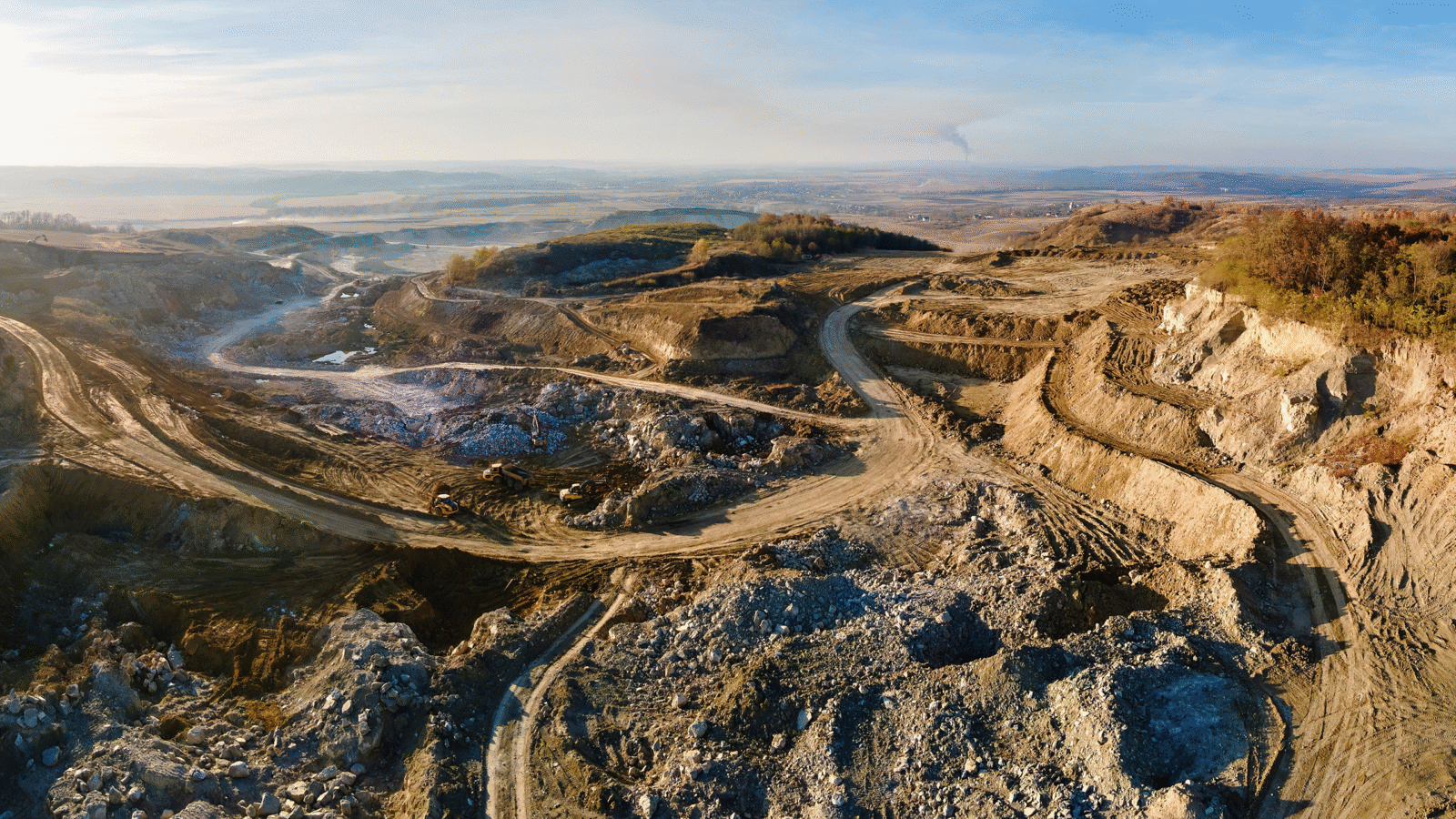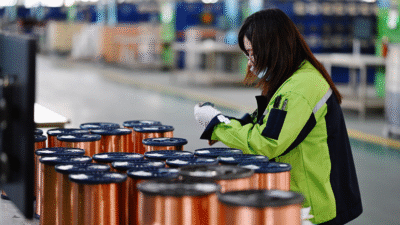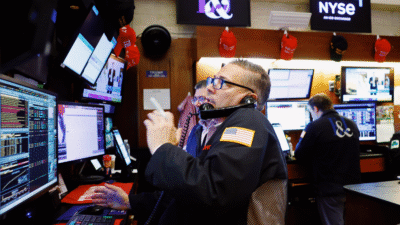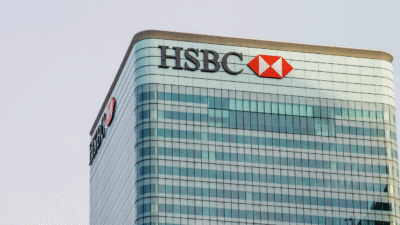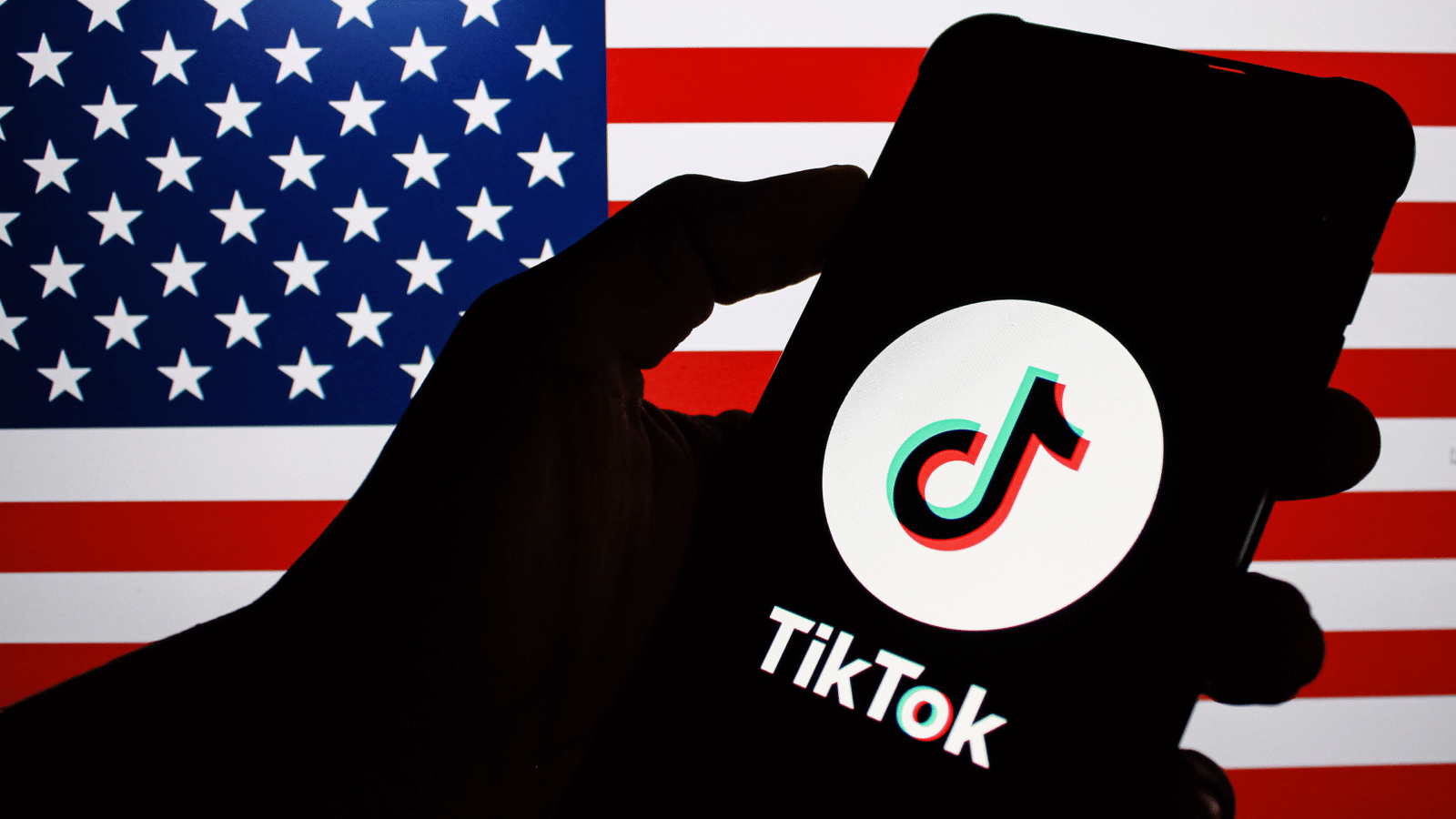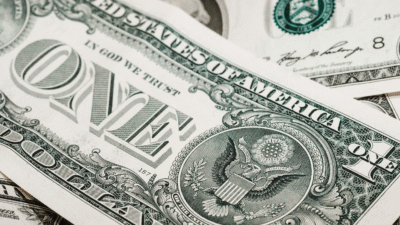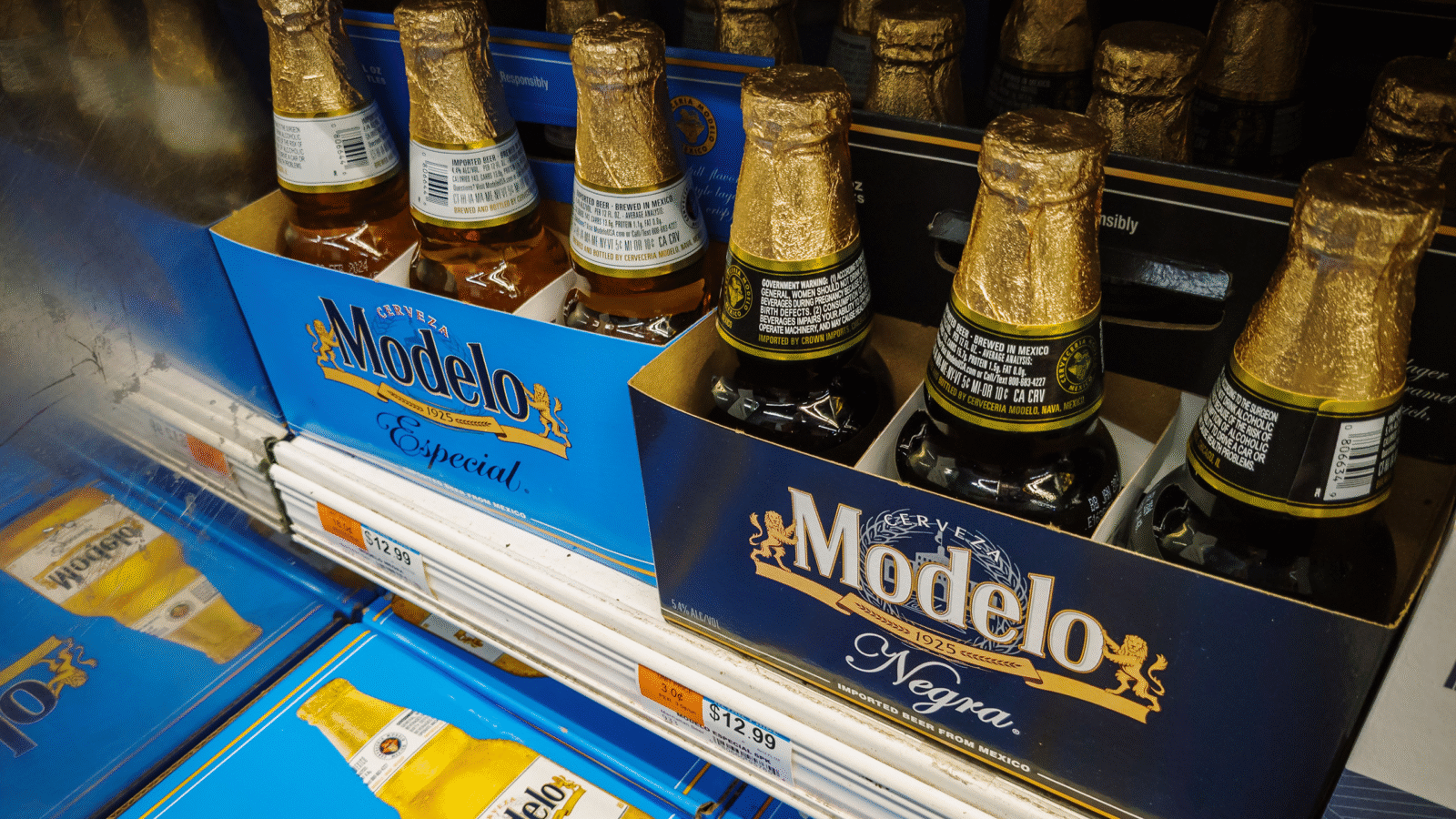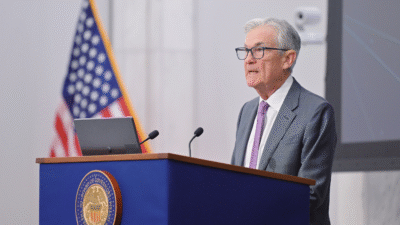The Inflation Fight Takes Two Steps Backwards in Latest CPI Report
The prices that were supposed to be going down “starting on Day One,” as the White House promised, are going up instead.
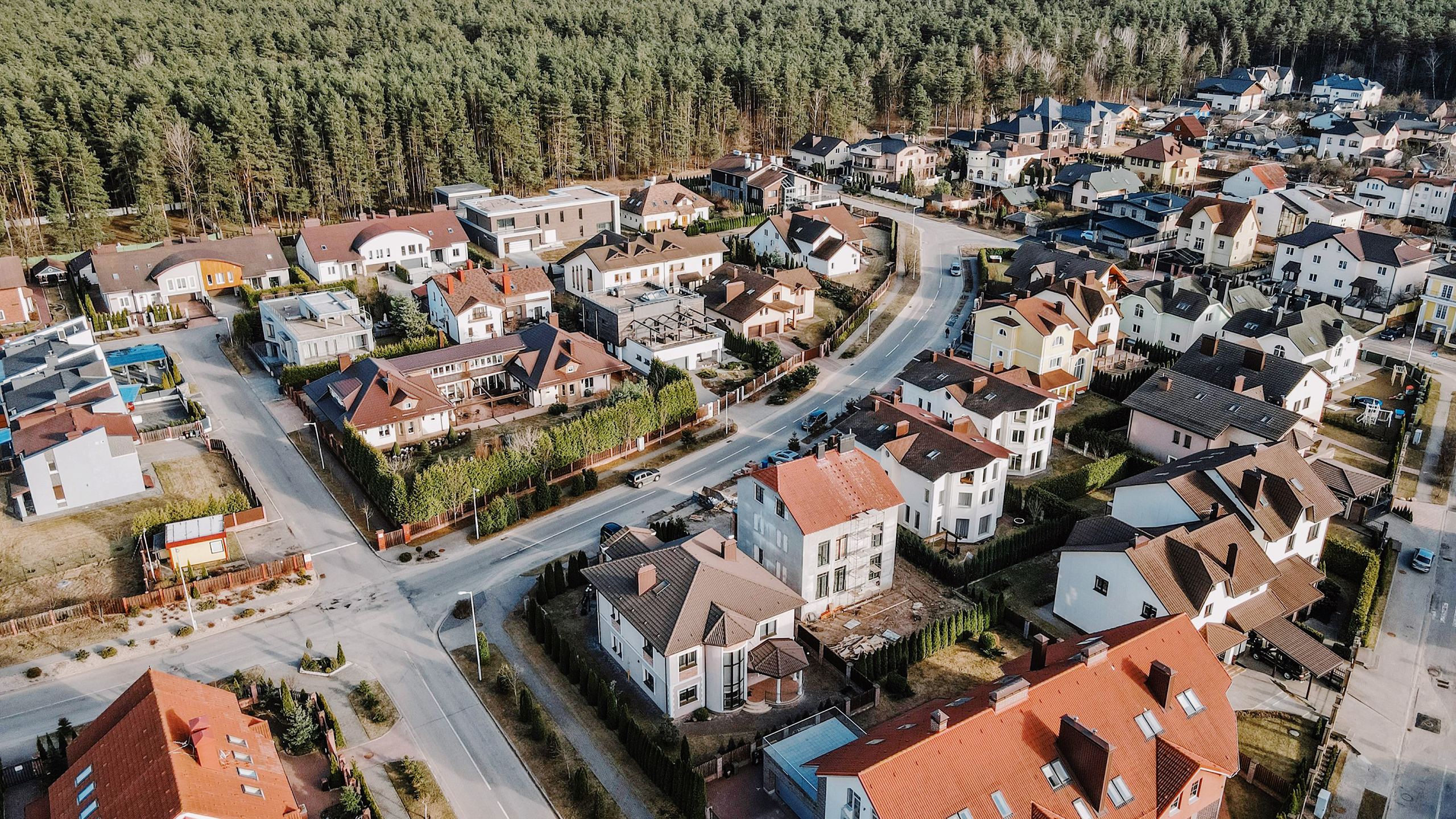
Sign up for smart news, insights, and analysis on the biggest financial stories of the day.
Home is where the heart of the inflation problem is.
On Wednesday, the US Bureau of Labor Statistics (BLS) released the latest Consumer Price Index (CPI) figures, which showed a frustrating backslide in the broader inflation fight. In January, the index accelerated at a seasonally adjusted 0.5% — way above economist expectations and bringing the overall year-over-year inflation rate to 3% for last month, also above expectations. In other words, the prices that were supposed to be going down “starting on Day One,” as the White House promised, are going up instead. And persistent increases in shelter costs are a major reason why.
Extreme Home Market Makeover
The superglue-esque sticky inflation report came as Federal Reserve chairman Jerome Powell sat for his second day of testimony on Capitol Hill. And, once again, Powell — despite social media pleas from the Oval Office Wednesday to lower interest rates — reiterated that the central bank wants to “keep policy restrictive for now.” The report, coupled with Powell’s comments, had traders doubting more rate cuts would be coming this year; according to CME Group’s FedWatch tool, traders now see a 30% chance the Fed doesn’t deliver any rate cuts by the end of the year, up from 20% odds predicted just a day earlier. Traders now also see a 70% chance of only a single rate cut this year.
Under the hood, the headline inflation rate can be explained by an increase in the price of, well, pretty much everything. Food prices jumped 0.4% since December, driven by a staggering 15% increase in the price of eggs. Used car and truck prices increased 2.2%, and gasoline 1.8% month-over-month. In all, “core prices,” a category that excludes food and energy, rose 3.3% year-over-year and 0.4% since December — good for the largest monthly increase in nearly two years.
As with past reports, shelter prices remain a major culprit, fueled by an ongoing housing shortage:
- Shelter prices rose 0.4% since January and 4.4% year-over-year. According to the BLS, that meant that shelter prices contributed to 30% of total inflation gains last month, even as the year-over-year increase fell to its lowest level in three years.
- The increase was driven in part by a spike in the cost of home insurance as well as the cost of out-of-home lodging, which tends to be a volatile category. Still, the rent index and the owners’ equivalent rent index (or what homeowners estimate they could rent their home for) both increased 0.4% month-over-month.
“On one hand, a strong labor market and robust wage growth mean there is considerable demand for housing, but on the other hand, a persistent lack of new housing inventory means that supply remains tight while higher mortgage rates discourage existing homeowners from selling,” Vanguard senior US economist Josh Hirt told The Daily Upside. The good news? Hirt says there is evidence construction of single- and multi-family homes will increase this year, and that leading rental indicators show a decline in prices. The bad news? Hirt says “these leading indicators may not trickle into inflation data for anywhere from six months to two years.”
Tariff Time: Underlying everything, of course, is a wave of tariffs courtesy of Trump 2.0. Most economists say the knock-on effects of tariffs likely won’t be completely visible in CPI data for at least another month or two. Which means January’s CPI report may just be an appetizer for what’s to come — and Powell has some new obstacles to navigate.
